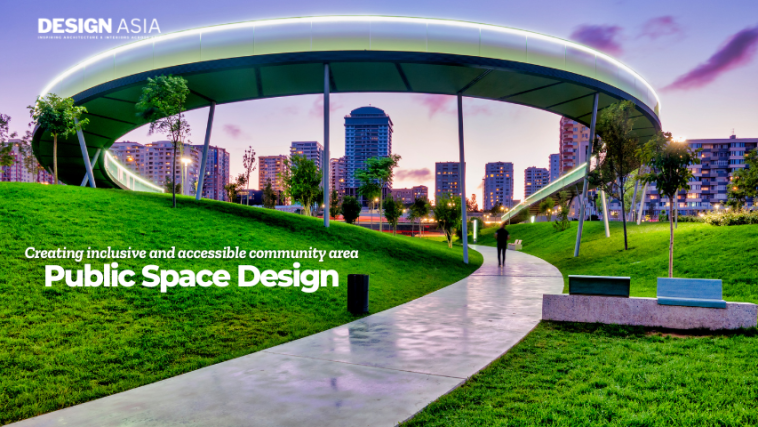Public space design plays a crucial role in fostering inclusive and accessible community areas. As cities evolve, the importance of designing spaces that cater to diverse populations becomes increasingly evident. This article explores the principles of inclusive public space design, its benefits, and practical approaches to creating welcoming environments for everyone.
The Importance of Inclusive Design
Inclusive design ensures that public spaces are usable by people of all ages, abilities, and backgrounds. This approach not only enhances the quality of life for community members but also promotes social interaction and cohesion. By prioritizing accessibility, we can create spaces that reflect the community’s diversity and meet the needs of all residents.
Key Principles of Inclusive Public Space Design
- Universal Accessibility: Spaces should be designed to be accessible to individuals with disabilities. This includes features such as ramps, tactile paving, and seating areas that accommodate different needs.
- Safety and Security: Well-lit and visible areas contribute to a sense of safety. Design elements such as clear sightlines, open spaces, and the presence of staff or volunteers can enhance security.
- Flexibility and Adaptability: Public spaces should accommodate various activities and events. Flexible design allows for changes in use over time, catering to different community needs.
- Cultural Sensitivity: Incorporating local culture and history into design can promote community pride and engagement. This can include public art, signage in multiple languages, and culturally relevant programming.
- Sustainability: Sustainable materials and practices should be prioritized in public space design. Green spaces, native plant landscaping, and environmentally friendly materials contribute to both the environment and community well-being.
Benefits of Inclusive Public Space Design
- Enhanced Community Engagement: Inclusive spaces encourage participation from all community members, fostering a sense of belonging and ownership.
- Economic Growth: Well-designed public spaces can attract visitors and businesses, contributing to local economic development.
- Improved Health and Well-being: Access to green spaces and recreational areas promotes physical activity and mental health, benefiting the overall community.
Practical Approaches to Designing Inclusive Spaces
- Community Involvement: Engaging community members in the design process ensures that their needs and preferences are considered. Workshops, surveys, and focus groups can gather valuable input.
- Case Studies: Analyzing successful inclusive public spaces can provide insights and inspiration for new projects. Examples include parks that incorporate play areas for all ages and abilities or plazas that host community events.
- Iterative Design: Continuous feedback and evaluation of public spaces can lead to improvements over time. Pilot projects can test design concepts before full implementation.


